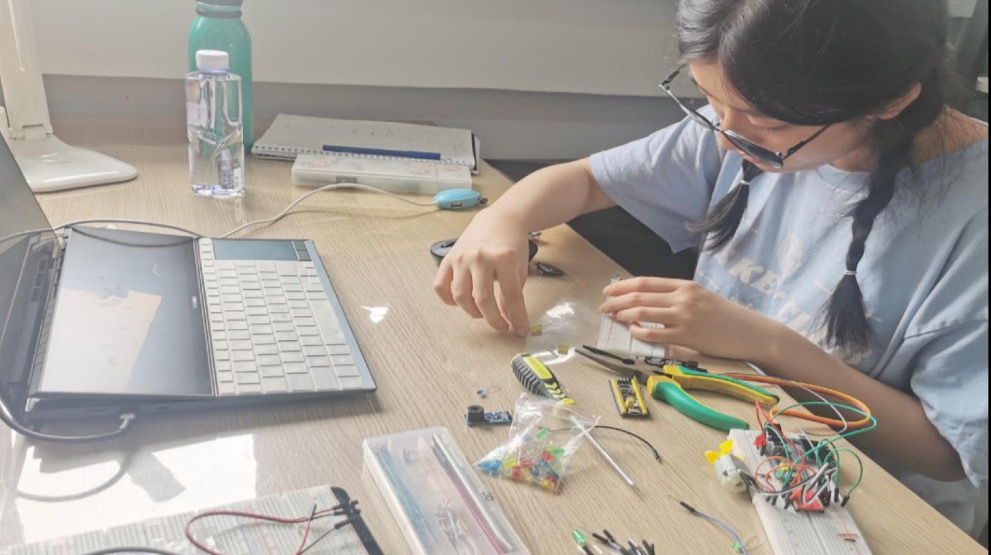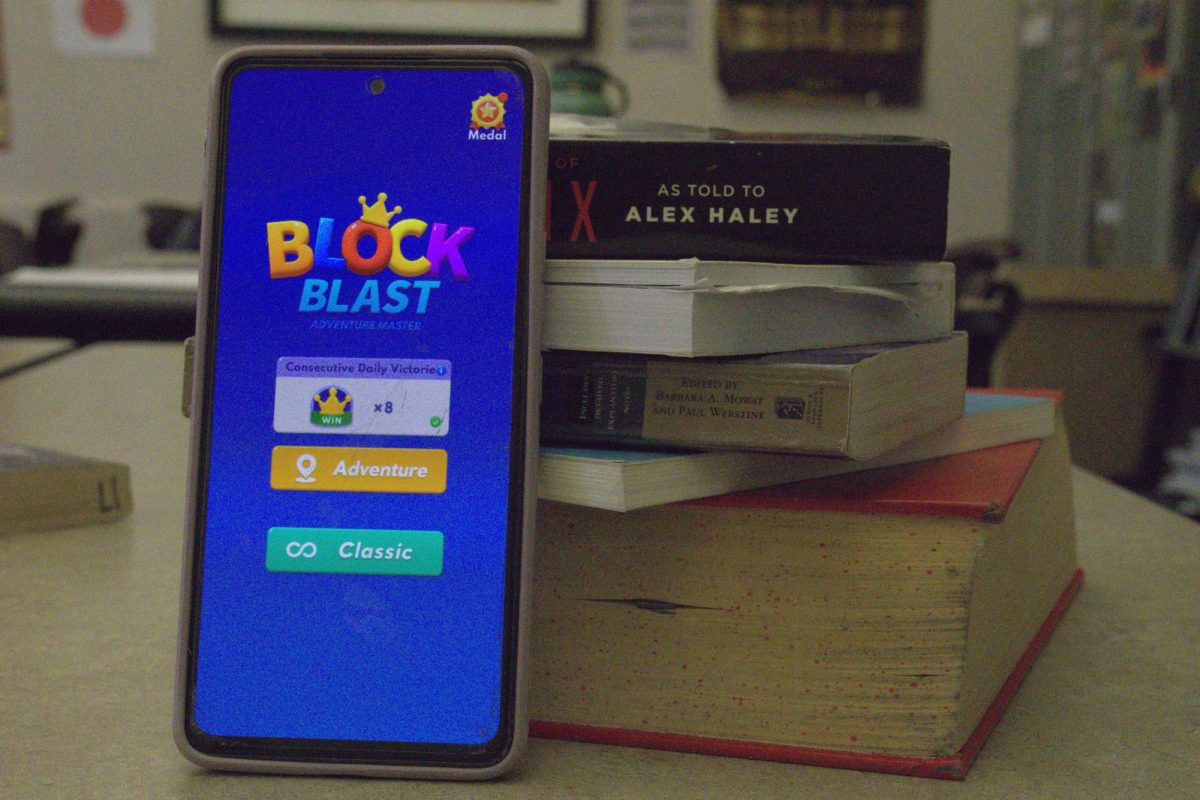With the new school year up and running, students are slowly getting used to their teachers, classes, and the weight of their school work; especially weight of their backpack. Nearly every class requires that students bring an item with them, which can range from a pen to a textbook, two notebooks, a laptop, and more. However, too much weight to growing students back can cause some serious damage to their neck, back, and shoulders.
Medically speaking, heavy backpacks may deform natural curves in the back. If the curves are interrupted in the lower and middle back, the result is the m uscle strain and irritation to the rib cage or vertebrae. Much of this suffering is brought by bad habits initiated during our younger years which may be because of carrying overweight backpacks to school.
uscle strain and irritation to the rib cage or vertebrae. Much of this suffering is brought by bad habits initiated during our younger years which may be because of carrying overweight backpacks to school.
Another danger regarding carrying a heavy backpack includes backpack palsy, which is a type of brachial plexus injury associated with carrying a heavy backpack with excessive compression of the shoulder areas by straps. Brachial plexus nerves are responsible for sending and receiving signals from the spinal cord to the shoulder, arm, and hand. When compressed by an overweight backpack you get the numb, tingling, weakness in your arms, hands, and/or shoulders.
Doctors and physical therapists recommend that kids carry no more than 10% to 15% of their body weight in their backpacks. However, the average middle school weight of a backpack was 18.4 pounds, but high schoolers, on average, carry 30 pounds.
The best way to keep your backpack light-weight is to regularly clean it out. Start by discarding items you know for certain you won’t need in the future (used tissue, an empty paper cup, etc.). Relieving dead weight is important to do every once in a while.
For items you think you might need in the future (completed assignments, packets, etc.) store them in a box or storage unit, that way if you end up needing it to study for a test, need to resubmit an assignment because you left it in your backpack, it’s right where you left it. Just don’t forget to clean it out each semester so you can the box cleaned out for upcoming completed assignments.
For the items you’ll need for day-to-day life, keep them organized and balanced in your backpack. Keeping heavy items stored to one side of the backpack will result in harsher damage to the shoulder the weight is carried on, so do your best to balance your books and binders This is the same for single-strap backpacks, so try to avoid them and stick with the standard two strap backpack. However, you don´t want to wear the backpack too loose or too low because that can cause problems too. The best way to avoid back problems it to use a roller backpack. As bulky as they seem, rolling backpacks are the backless backpack and is the type of backpack that won’t cause back problems.
Casey Davidson, a sophomore at CHS, talked about how “we don´t even use my math textbook, except she said to keep it with us. I don’t use it at all; I never have. And it’s pretty much the heaviest thing in my backpack.” This problem may be fixed if they speak to their teacher about their overweight backpack. The teachers may let you leave it at home or in their classroom to ease the weight of the students’ backpack. However, if this doesn’t work, then speak to them about using an online version rather than the paper version, or posting a picture of the textbook page on Google Classroom.
Heavy textbooks are another reason why technology advancement benefits us greatly. Rather than having to lug five different textbooks around, you´ll only need to carry your laptop or Chromebook to your classes. It’s also much easier to find answers to your questions. However, Paula Yeager, a CHS senior, said how “[the teacher] talks about having an online version but then, like, for CWI you have an online version, but the online version doesn’t have everything the book has, so its, like, useless to have the textbook and the online [version].”
Joan Haugaard, our school nurse, described to students that “[she] really encourage students … to carry your first part of your day in your backpack. Lunch, you go and empty it out and you carry the second part of your day in your backpack.” This method is certainly beneficial for your back, and you won’t have to race to your locker to retrieve your books, then race back to your class risking being late.






































